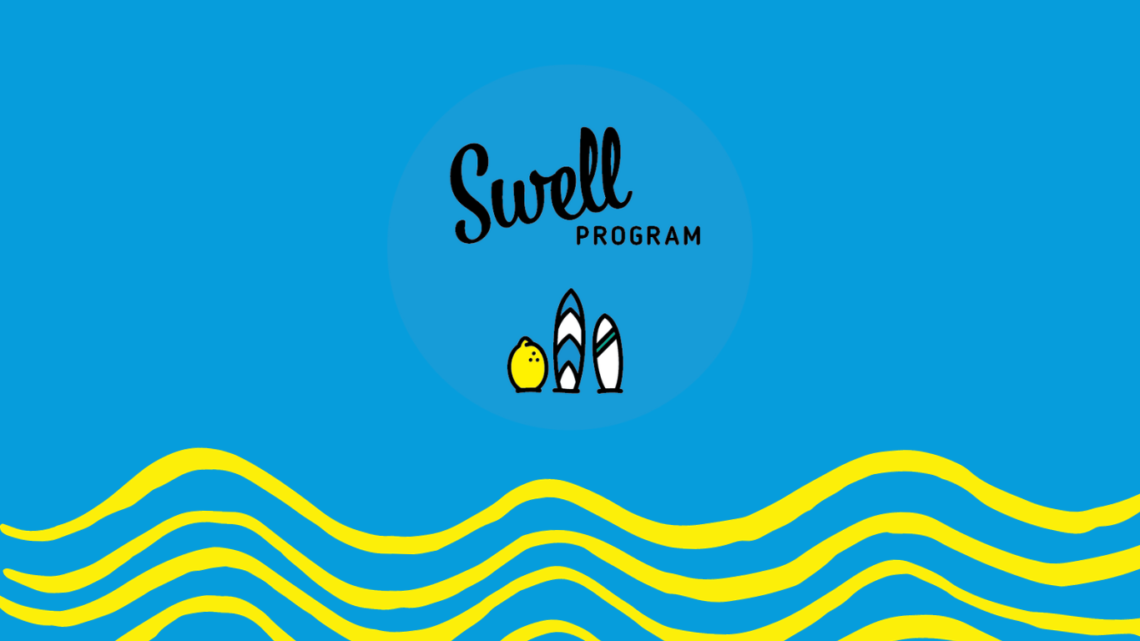There are specific tax rules that apply to Freelancers. Understanding your tax obligations is made easier with our Freelancer’s Guide To Tax in Australia.
Freelancing is a popular choice among Australians looking to monetise their skills, while maintaining control and flexibility over the way in which they work – when and where they work, and who they work with.
But what constitutes as freelancing?
Well, if you don’t get paid holiday or sick leave, you supply your own equipment or tools and you’re paid on a project basis only, you are considered by the Australian Government to be a freelancer.
Often Freelancers will have multiple clients, completing different projects for each with no guarantee of regular hours or work.
Getting Started as a Freelancer in Australia
To get started as a Freelancer in Australia, you’ll first need to decide on a business structure, keeping in mind that there are differing tax obligations for each structure. The simplest and most common structure for freelancers is to operate as a Sole Trader. However, you can also choose to operate in partnership with someone, or as a company.
As a Sole Trader, the responsibility of running the business lies solely with you. Any profits (or losses) are your own, and you can decide how much profit you’d like to take from the business. It’s a great option for those who have an in-demand skill – creatives, marketers, IT specialists for example – who are wanting to start their own income producing venture, on a project basis where there is minimal personal risk in the work that is being performed.
You’ll also need an ABN, which is a legal requirement for Freelancers in Australia.
Keep in mind that if you invoice over $75,000 you’ll need to register for GST.
Let’s take a closer look at the tax obligations of Freelancers.
How is freelance income Taxed?
Freelance income forms part of your individual tax return under either:
- Personal Services Income – usually if you freelance for mostly one business
- Business Schedule – usually if less than 80% of your income is from one source
Any deductions against your freelance earnings are dealt with in a different area of your tax return – if you also work as an employee, you’ll want to ensure that deductions against wages income are separated from deductions against your freelance income.
How do Freelancers pay tax to the ATO?
Tax is calculated on your individual marginal tax rate.
If you have wages income as well as freelance income they are added together, less deductions to work out your taxable income.
If your Freelance profit is $4,000 or more or after lodging your return you have a tax bill with the ATO, they will put you on the PAYG Instalment system, where you’ll pay tax throughout the year in advance. This then becomes a credit to your tax calculation when you lodge a return (similar to how PAYG Withholding works for employees).
Most people pay an ATO calculated amount quarterly and you should receive notices through MyGov – make sure your contact details (particularly email) are up to date.
It does mean the first year you have tax to pay, you basically pay 2 years tax in 1 (last year’s tax bill + current year via Instalments). So, it’s good to put funds aside throughout the year or voluntarily join the PAYG Instalment system.
How to address Superannuation as a Freelancer?
Freelancers can make concessional (deductible) contributions to super – they are subject to the same overall cap as everyone else and you will usually need to notify your fund of how much you want to claim as a deduction.
What systems should Freelancers have?
A great place to start is by adopting an electronic bookkeeping system (e.g. Xero, QBO), particularly if you are required to register for GST (once revenue reaches $75k).
It’s a good idea to open a separate bank account for your freelance business too, so that income and expense are easier to identify from personal expenses and other earnings.
If you’re not using a cloud bookkeeping program, we suggest using a well-structured spreadsheet and have provided an example for you here – (Basic Bookkeeping Spreadsheet) (Basic Bookkeeping Spreadsheet NO GST)
Setting yourself up for success
To give yourself the best chance of success (and save a few headaches), it’s important to
- choose the right business structure
- understand whether your business will be subject to Personal Services Income rules
- understand how tax will apply to your freelance income and your tax obligations
You can consult your Accountant to ensure you are correctly set up to pay the right amount of tax, and legally operate as a Freelancer in Australia.
If you’d like to discuss your Freelance business with our team further, please don’t hesitate to book an appointment via our bookings page.



